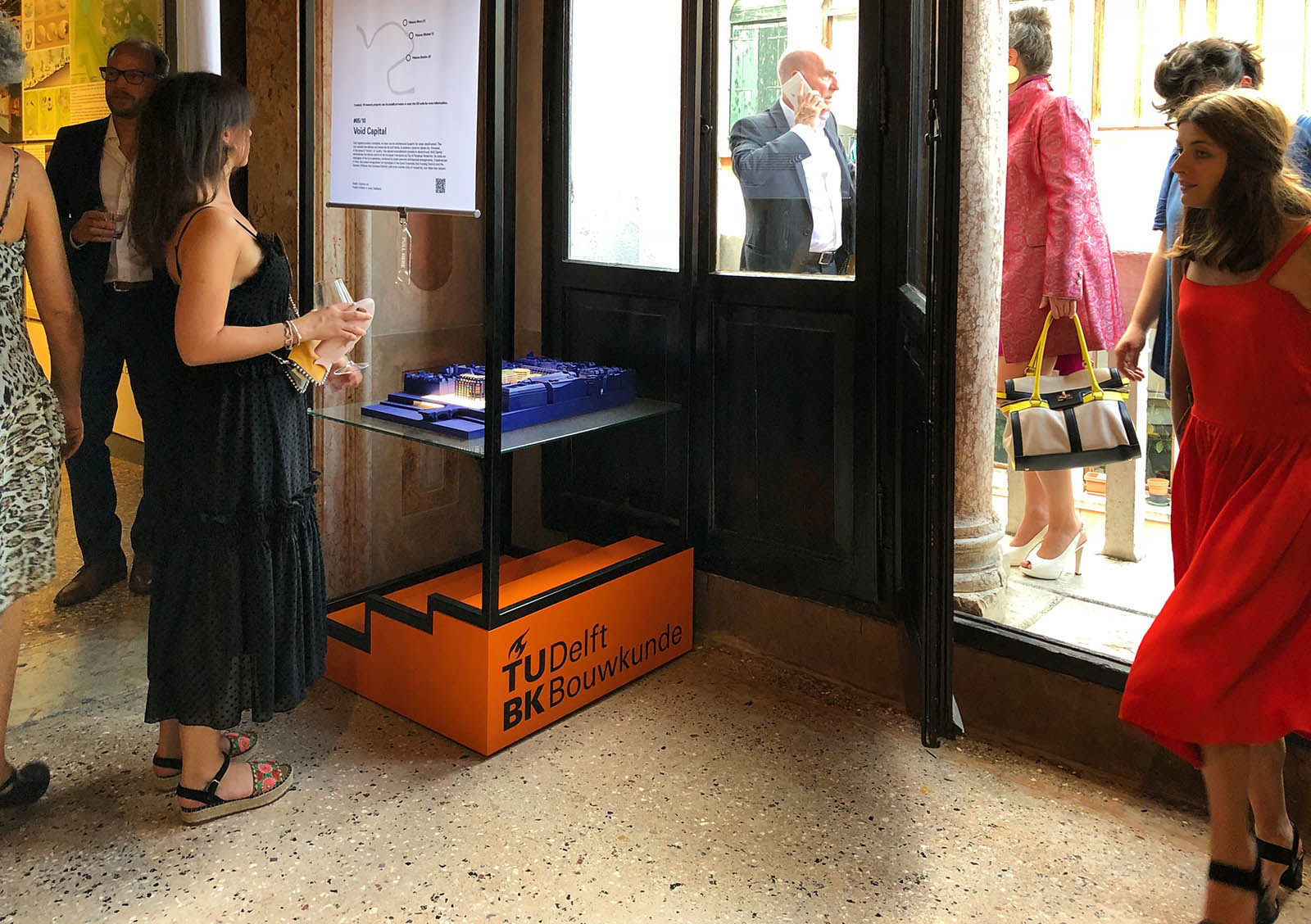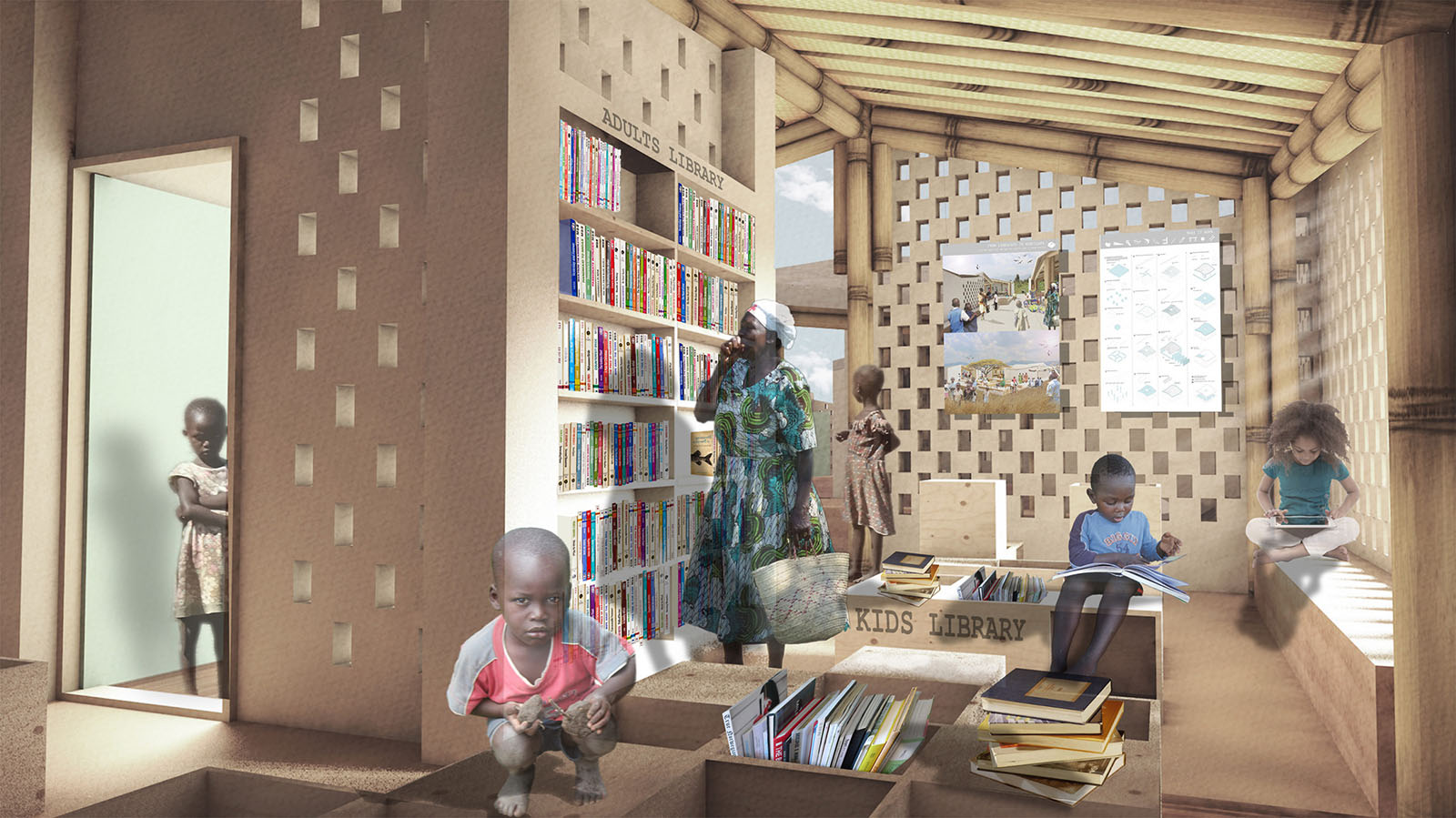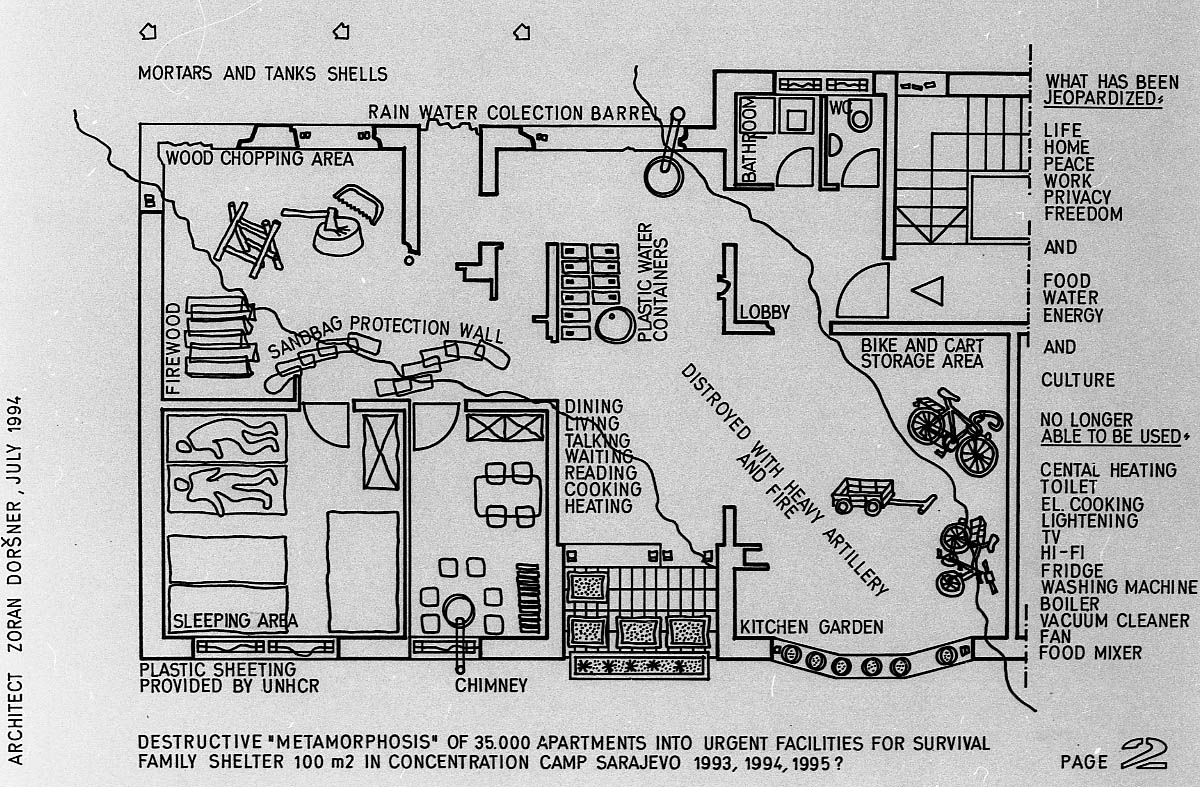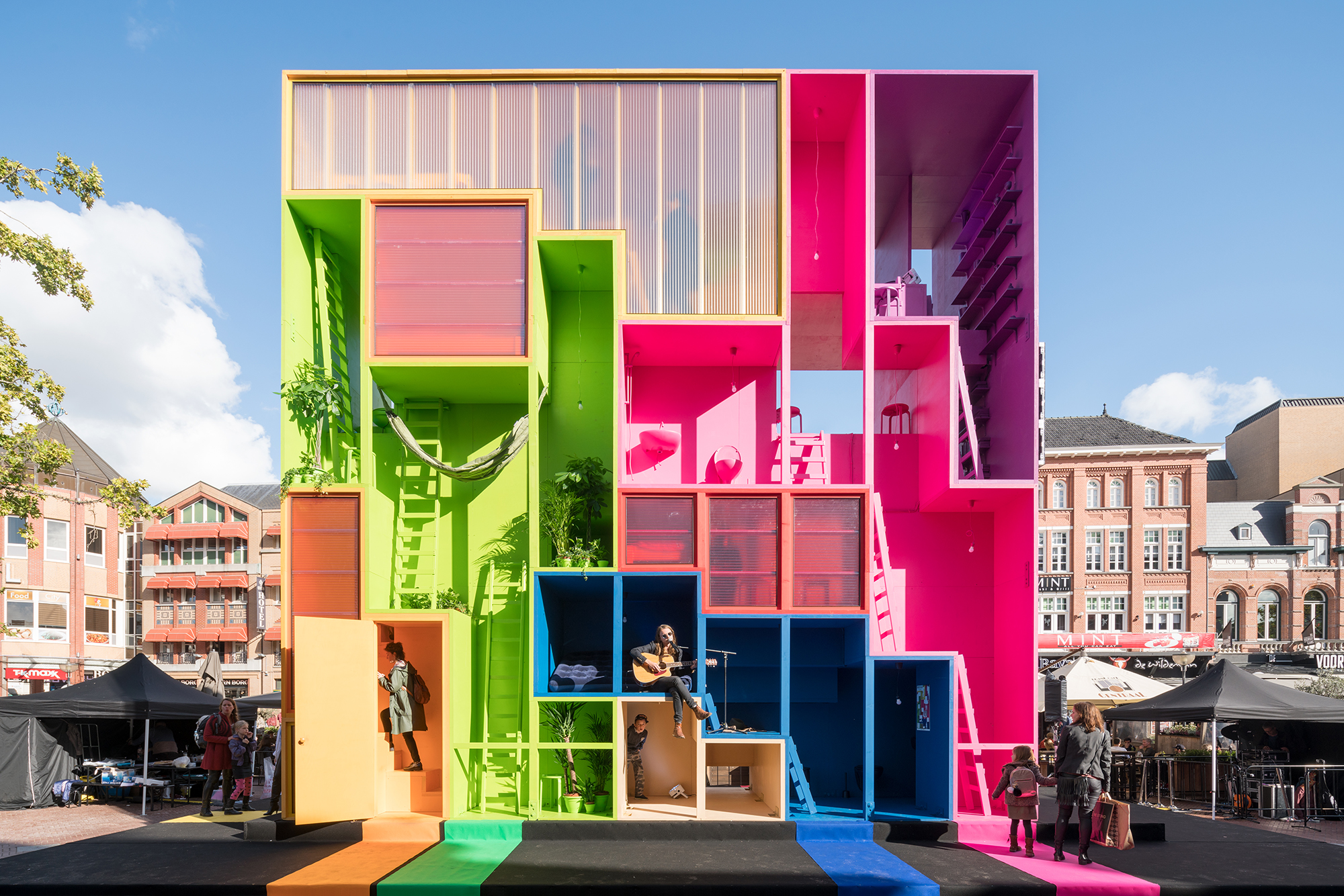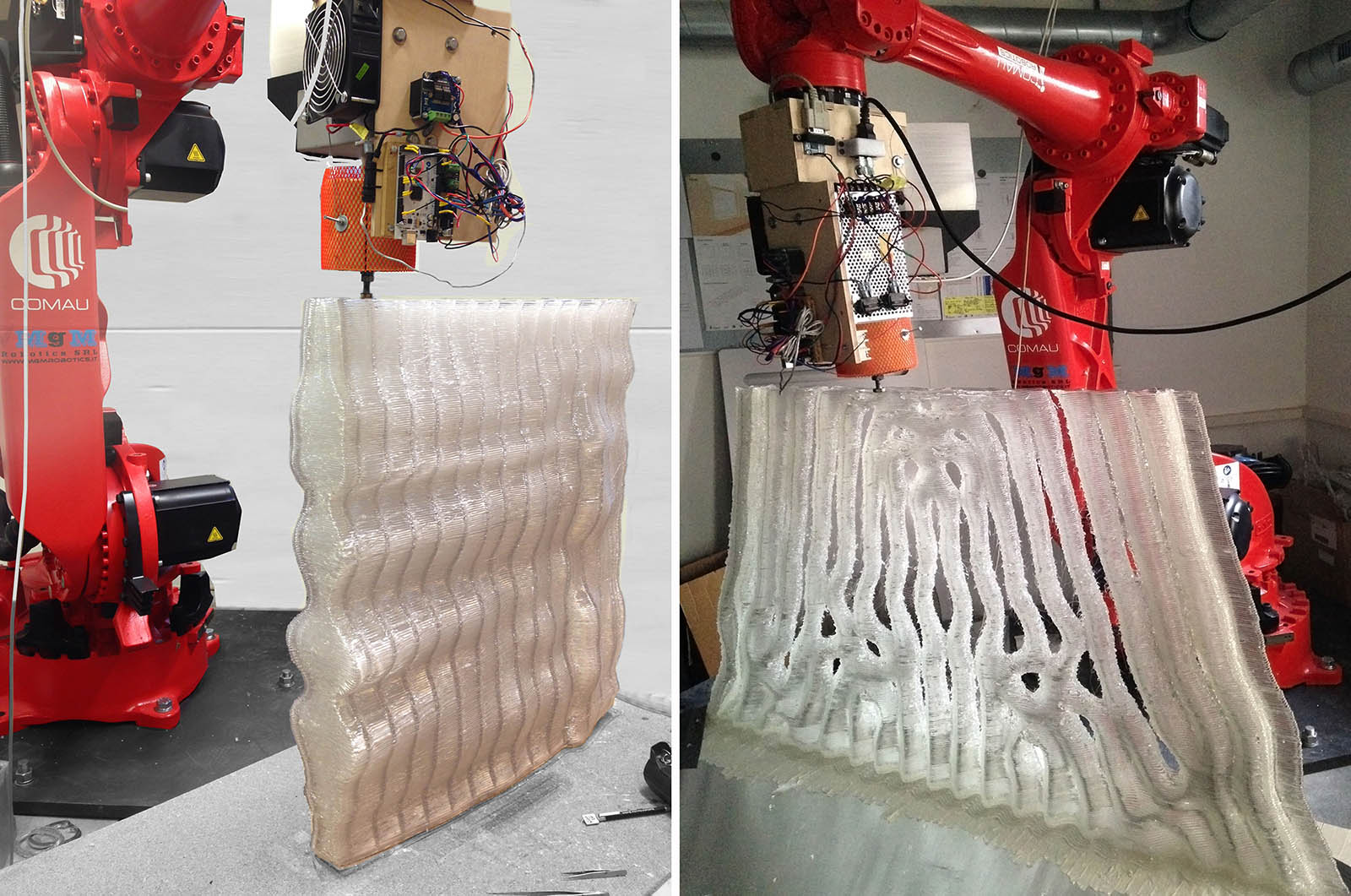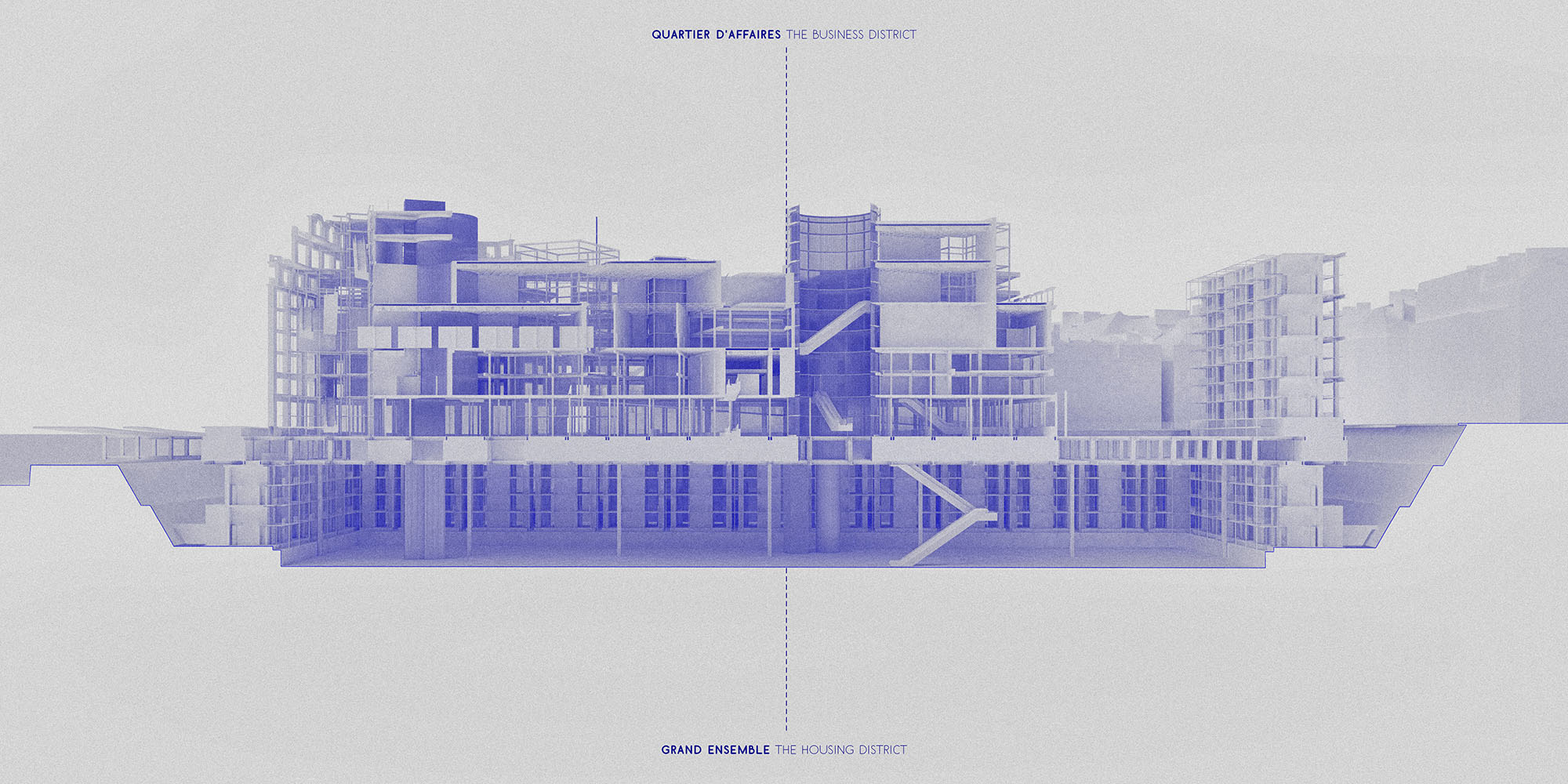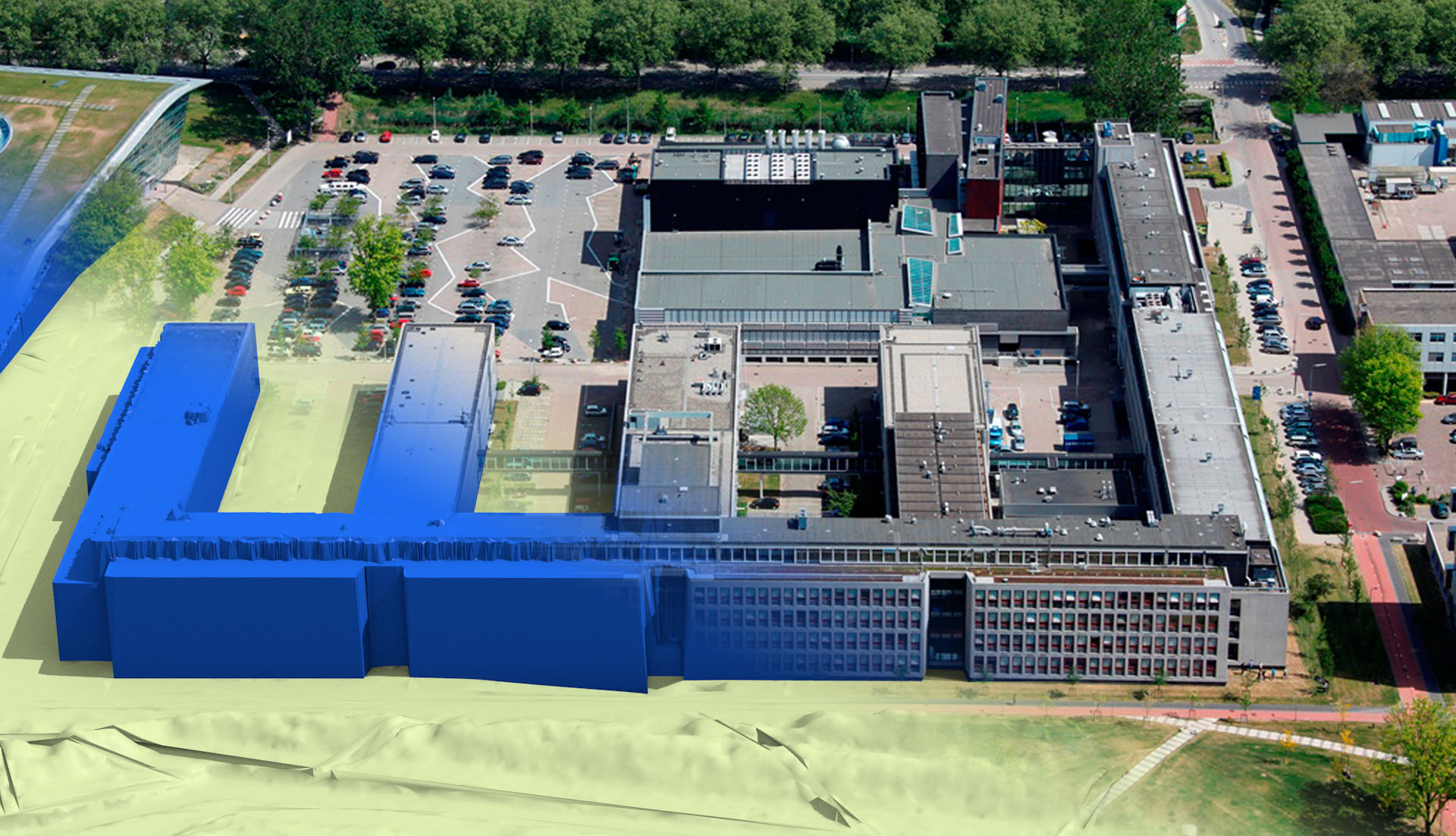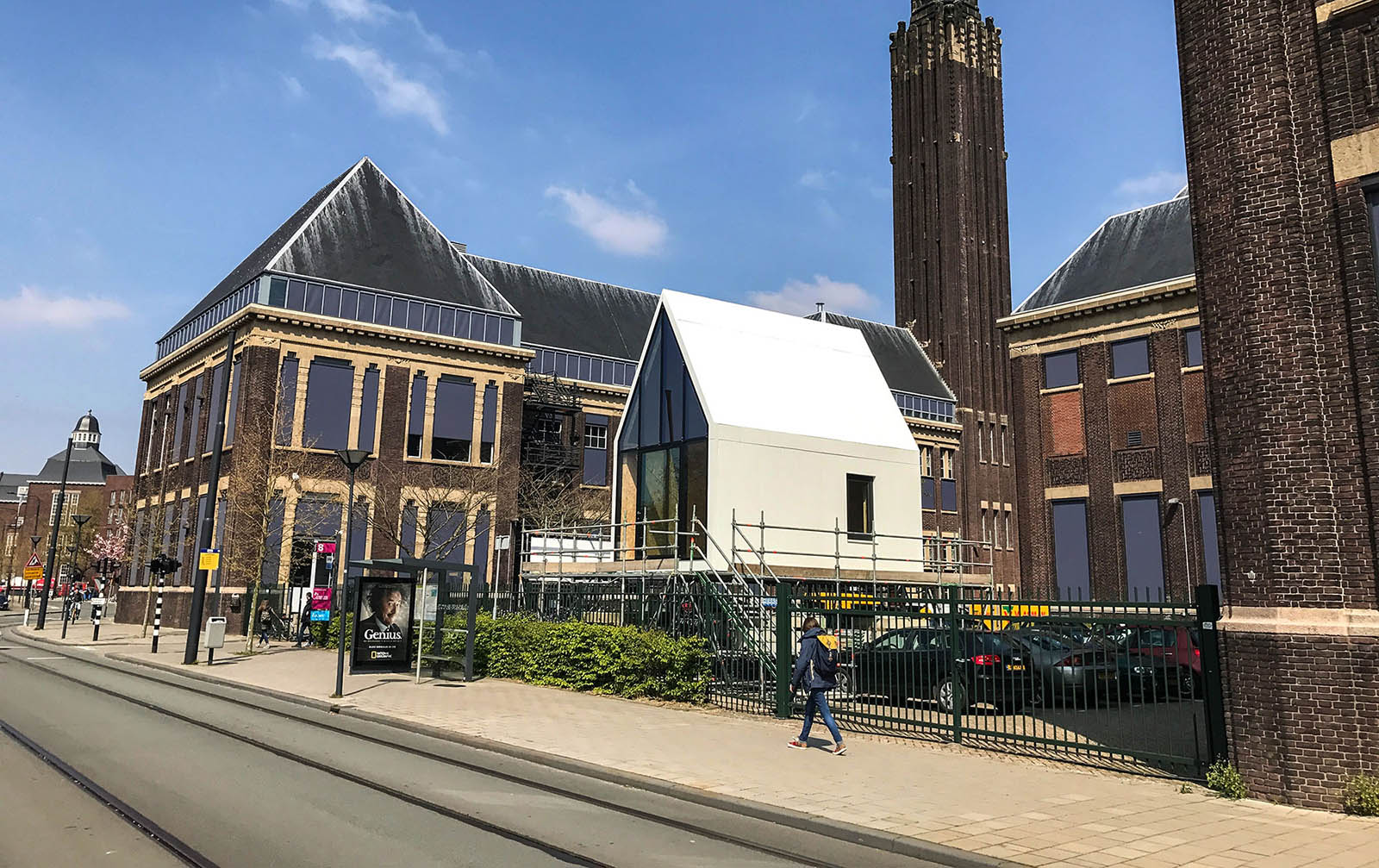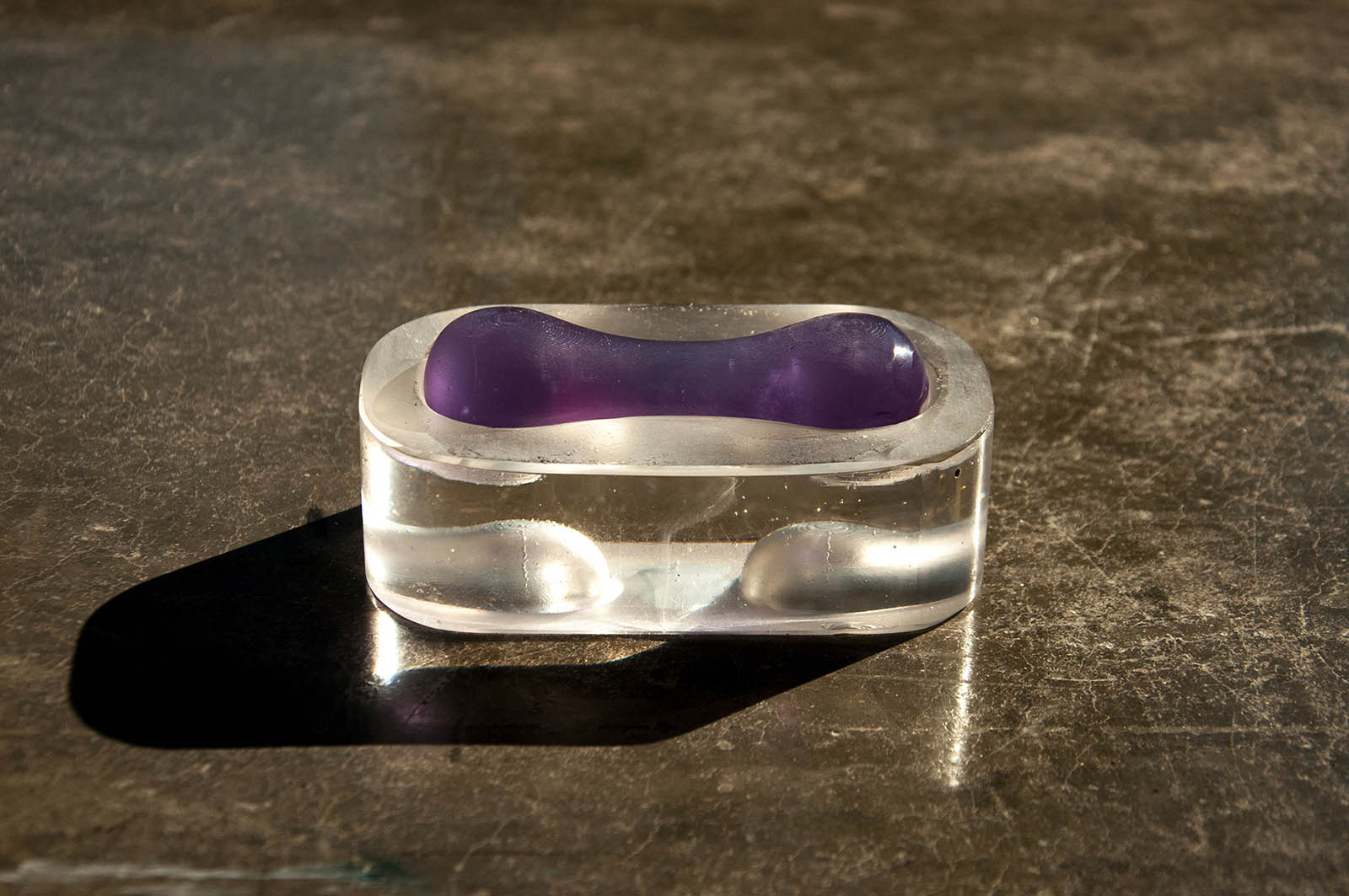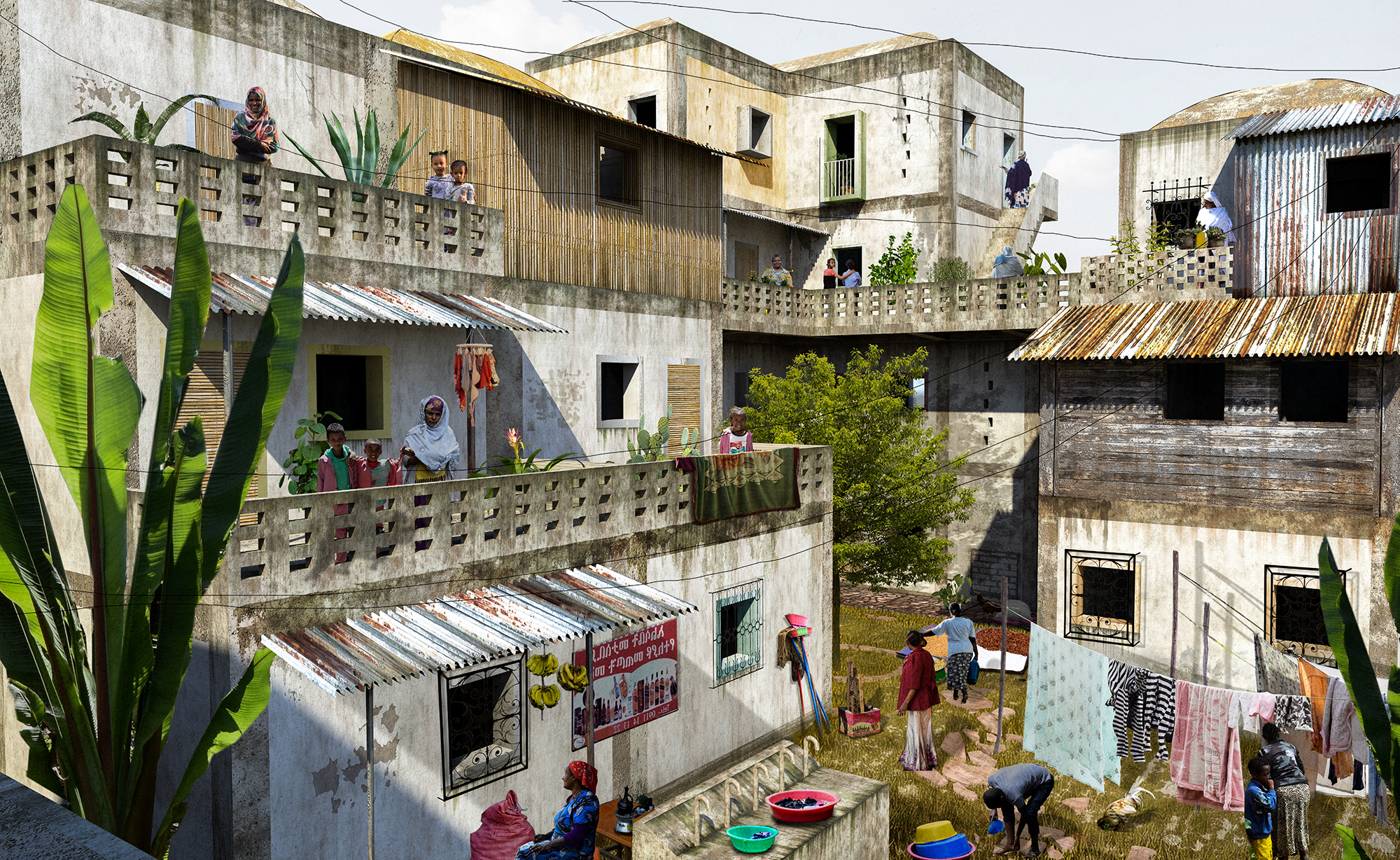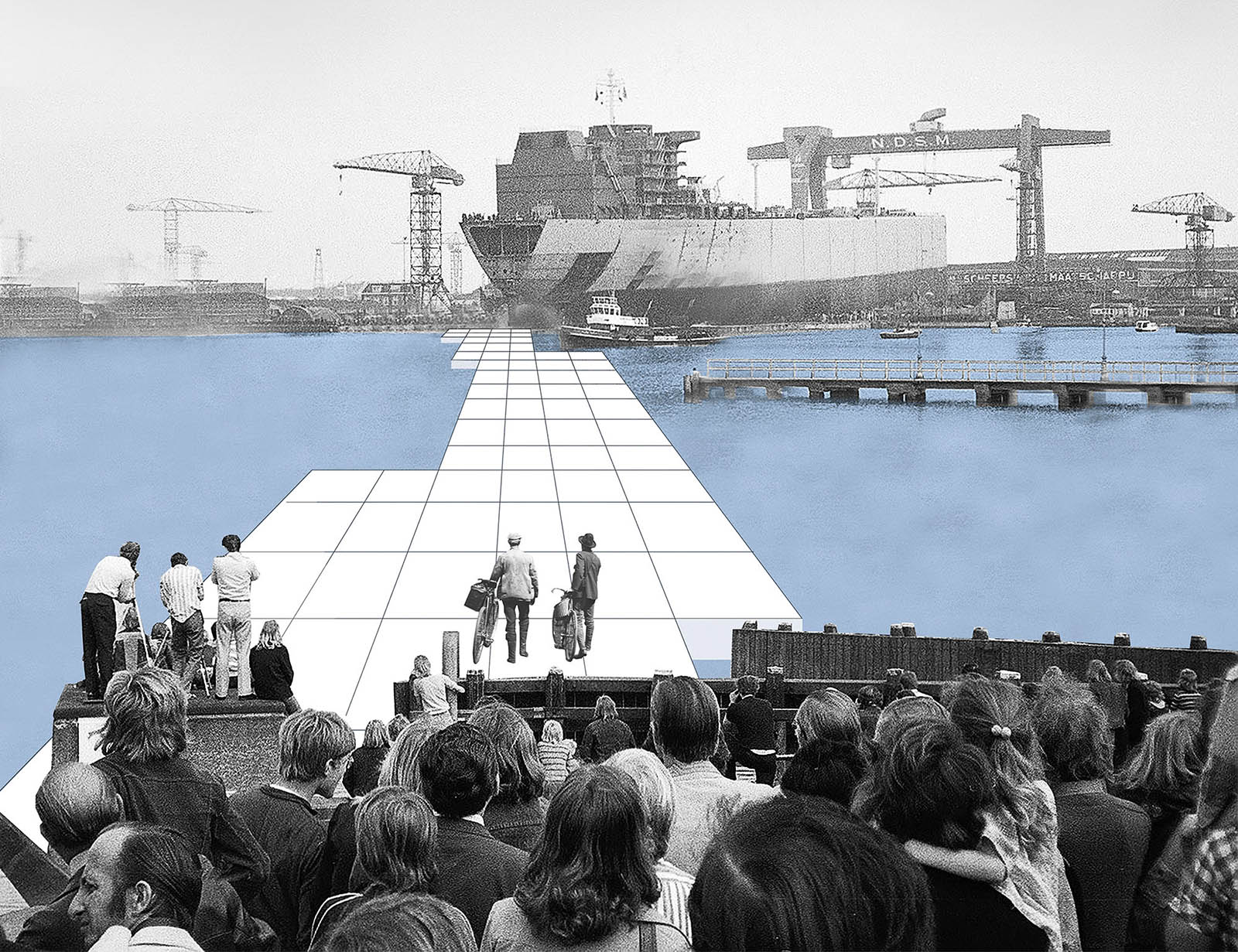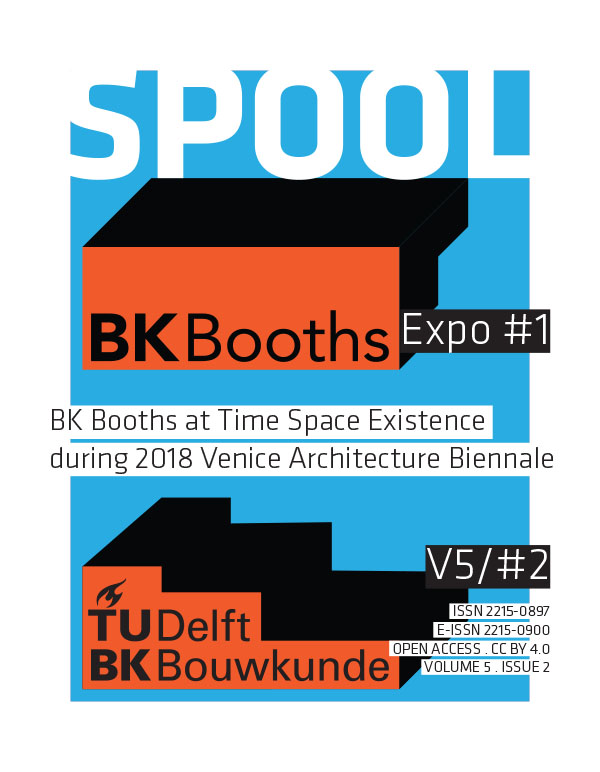
BK Booths at Time Space Existence during 2018 Venice Architecture Biennale
10 projects / 80 pages
E-ISSN 2215-0900
Issue editors
Dr.ir. Frank van der Hoeven, TU Delft
Inge Pit, communication manager, TU Delft
Editorial
-
The Netherlands has always had a lack of space and so using it well has always been a priority. Designing the built environment means allocating resources to maximise value – so it is natural that design plays an important role. The TU Delft is just the place where we ask the question, ‘How can we do this even better?’
- How can we reuse old building stock?
- How should we react to our increasingly automated lives?
- How does it work to live in a war-torn city?
- How can we make climate-proof cities?
- How can we create...
Projects
-
Landscape to Roofscape shows the development of a flourishing community centre, located in the centre of the small village Okana in West Kenia. The feasibility and potential of the student project triggered the design for a sustainable and innovative pavilion to grow far beyond a theoretical level. The design is based on field research on cultural patterns and local architecture, in which interviews, sketches, literature research, and the work in 1:1 scale models were used as data source. Directly after graduation, the students managed to construct the project together with local...
-
The research shows experiences of the war in Sarajevo from the citizens’ point of view, learned from architectural drawings, videos, photos, and other media projects from the war, different from sensational media representations. The results display how citizens in Sarajevo have been responding to the military violence during the siege between 1992-1996, relying on all available architectural and other materials. The newly developed x-media analysis includes the study of analogue and digital media documents on the war in Sarajevo, and a translation of the analogue materials to the...
-
Egocity and Wegocity are based on the hypothesis of maximum density achievement and maximum desire fulfilment when designing collective housing. This intensity, when applied to housing, can optimise land use, help combat inequality, and counteract the centrifugal force condemning contemporary urban development to urban sprawl. We asked students to tackle the challenge of converting density into desire by accommodating the users’ needs, yet following a restricted urban envelope that keeps energy consumption and carbon footprint under control. Students developed an innovative game capable...
-
Double Face 2.0 is a novel solar wall, joining a strong design identity and high technical performances. In response to the need for energy saving, new high-performance building elements are shape-optimised for passive climate design and to increase user engagement. Given a design concept, computational approaches help to optimise and to customise high-performance building elements for any environment. Double Face 2.0 has been developed by research through design involving designing, 3D modelling, robotic FDM printing, prototyping, experimenting, simulating, and simulation-based...
-
Void Capital provides a template, an open source architectural blueprint for urban densification. The city naturally demolishes and preserves its built forms, to achieve a dense dynamic city. However, in the name of ‘history’, or ‘quality’, this natural re-actualisation process is discontinued. Void Capital reintroduces the historic centre of the European metropolis as City of Perpetual Modernity. Its tools are typologies of the city’s periphery, combined to create ever-new architectural arrangements. Implemented in Paris, the project renegotiates the typologies of the Grand Ensemble...
-
Different urban issues urgently request up-to-date, valid, accurate, suitable, error-free 3D data of the living environment. A dynamic, virtual copy of cities, landscape, and buildings enables to continuously monitor what is happening in reality and evaluate different scenarios through simulation. These simulations help address issues like flooding, noise pollution, air pollution, and urban heat islands. Methods are developed to reconstruct, validate, and disseminate virtual 3D models. The resulting methods are implemented in open-source software, such as PolyFit, MVStudio, 3dfier, and...
-
The file to factory approach is investigated within the Product Development Test Lab, with the first entirely digitally produced building as a demonstrator and test lab on the campus of TU Delft. The project responds to the growing demand for sustainable and affordable housing; aiming to build houses with bio-based materials, efficiently produced with digital production technologies while reducing the failure costs on the building site. The full-scale prototype serves as a platform, ready to explore new methods of building sector related product design. The cycle of designing, testing,...
-
A spectacular glass brick system - developed to make the historic storefront of the Crystal Houses (Chanel store) in Amsterdam transparent - illustrates the great potential of cast glass blocks in structures. But it also reveals the need to make such constructions more sustainable. This project shows a novel, strong, circular and aesthetically pleasing building material from discarded glass, providing a solution for the problem of glass waste. Initially, different interlocking mechanisms and types of glass waste were explored. Then, physical prototypes were cast to experimentally...
-
Rhizome faces the poor living conditions of Ethiopia’s capital Addis Ababa. The project offers a robust alternative solution to top-down developments promoted by the governments in the Global Urban South. Instead of high-rise buildings, based on Western models, planned by the local government, a system of human-scale community-driven low-rise buildings is developed. The design can either be built in concrete, the most used material in the capital, or with local materials. Through interviewing the current inhabitants, redrawing and exploring their environment at all times of day, the...
-
What tools, procedures, and methods do architects use? The triptychs on display show their approach both in analytical and designerly ways. The first panel of each triptych represents an architectural question; the second panel represents a method. The third panel showcases the confrontation of that question and method. The project thus expands known architectural tools such as drawing, writing, and modelling. Through their thorough exploration of architectural tools, the presented triptychs show an in-depth understanding of the specific qualities of the architectural project. A better...
